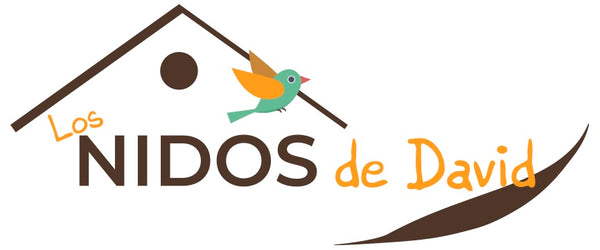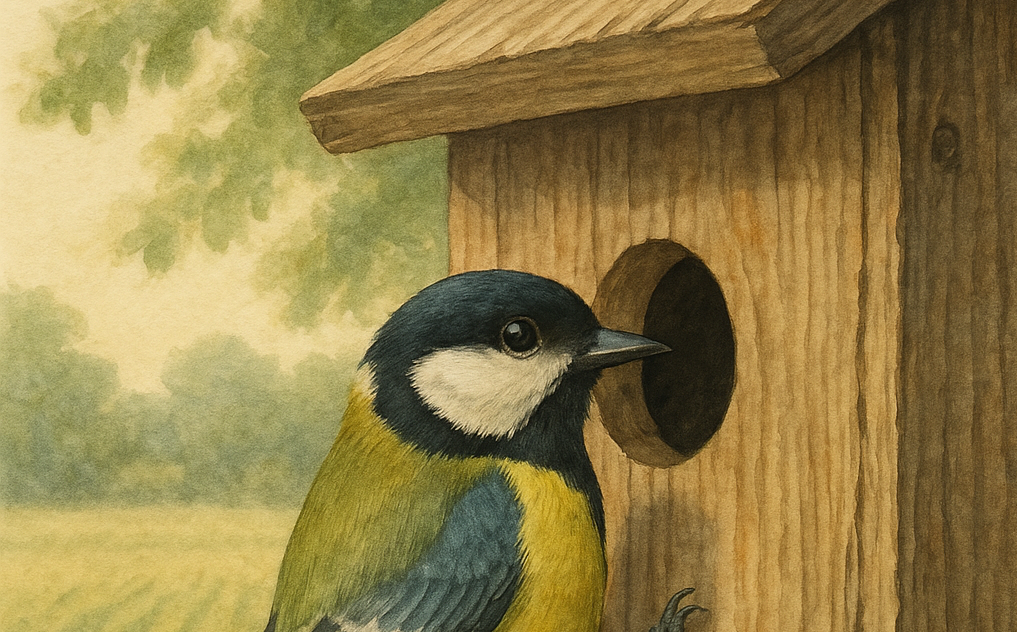
Birds of Spain that use nest boxes: winged allies that appreciate your help
Share
In nature, finding a good breeding site isn't always easy. The felling of old trees, excessive urbanization, and intensive agriculture have caused many birds to lose the natural nesting sites where they once nested. Fortunately, more and more people are installing nest boxes in gardens, orchards, fields, or even balconies, becoming true allies of biodiversity.
But what bird species actually use these boxes in Spain? The list is long and fascinating. We invite you to discover them and, who knows, maybe welcome new winged residents soon.
The small insectivores that never stop working
One of the most rewarding is the great tit , a lively and curious bird that adapts well to parks, gardens, and crops. It loves boxes with circular entrances and solid walls. During the breeding season, it can feed on thousands of caterpillars, unwittingly helping to maintain the natural balance in your garden.
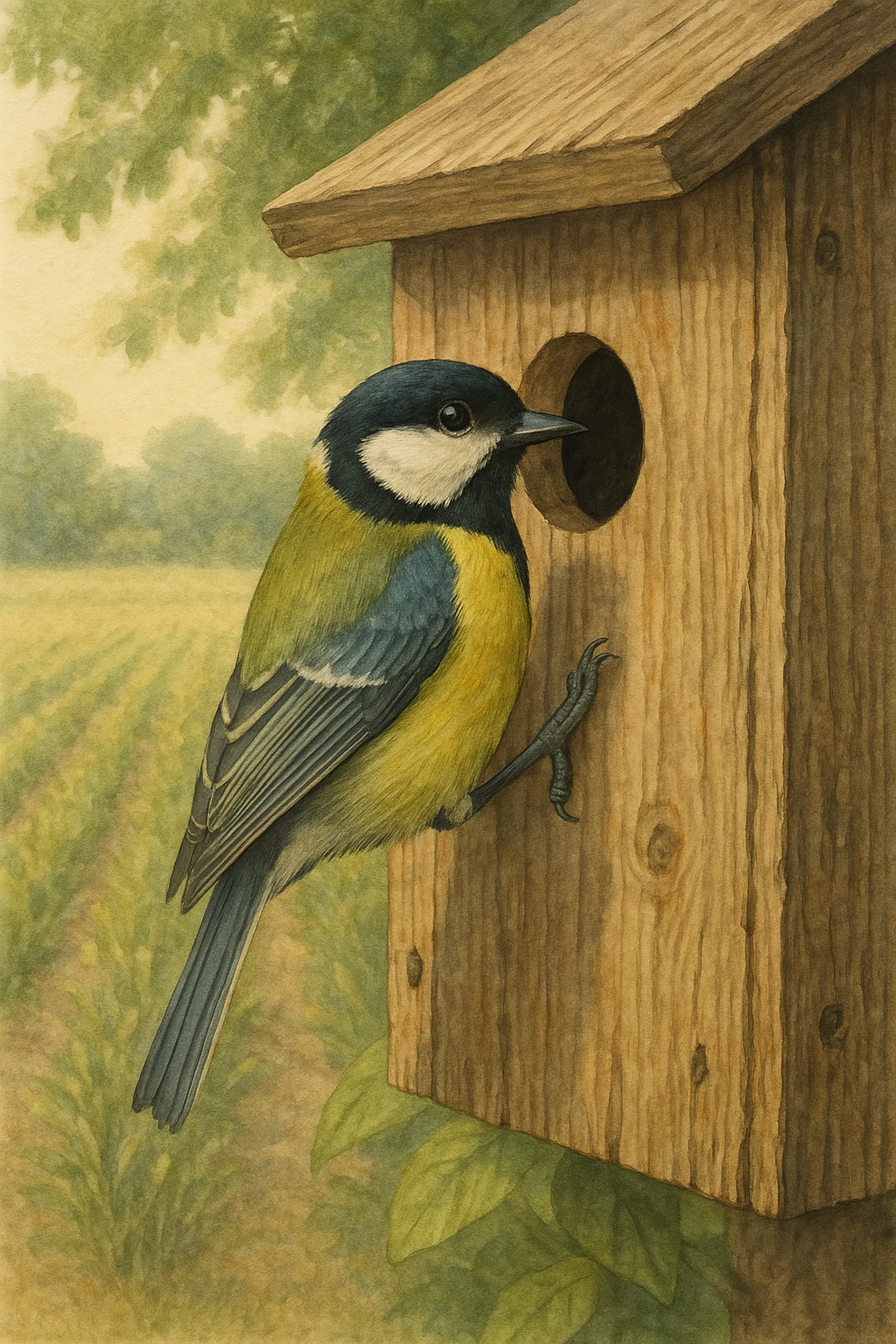
Next to it is its cousin, the common blue tit , smaller and with its characteristic blue hood. It also uses nest boxes, but with narrower holes, to prevent larger birds from stealing its spot. Watching them tirelessly fly in and out with insects in their beaks is quite a springtime spectacle.
The village birds… now seeking refuge
House sparrows , once omnipresent in towns and cities, are now in decline due to a lack of nesting sites, among other factors. Nest boxes can be a great help for them, especially if several are placed close together, mimicking the colony life they so enjoy. Their cousin, the tree sparrow , also uses them, although it prefers more rural areas.
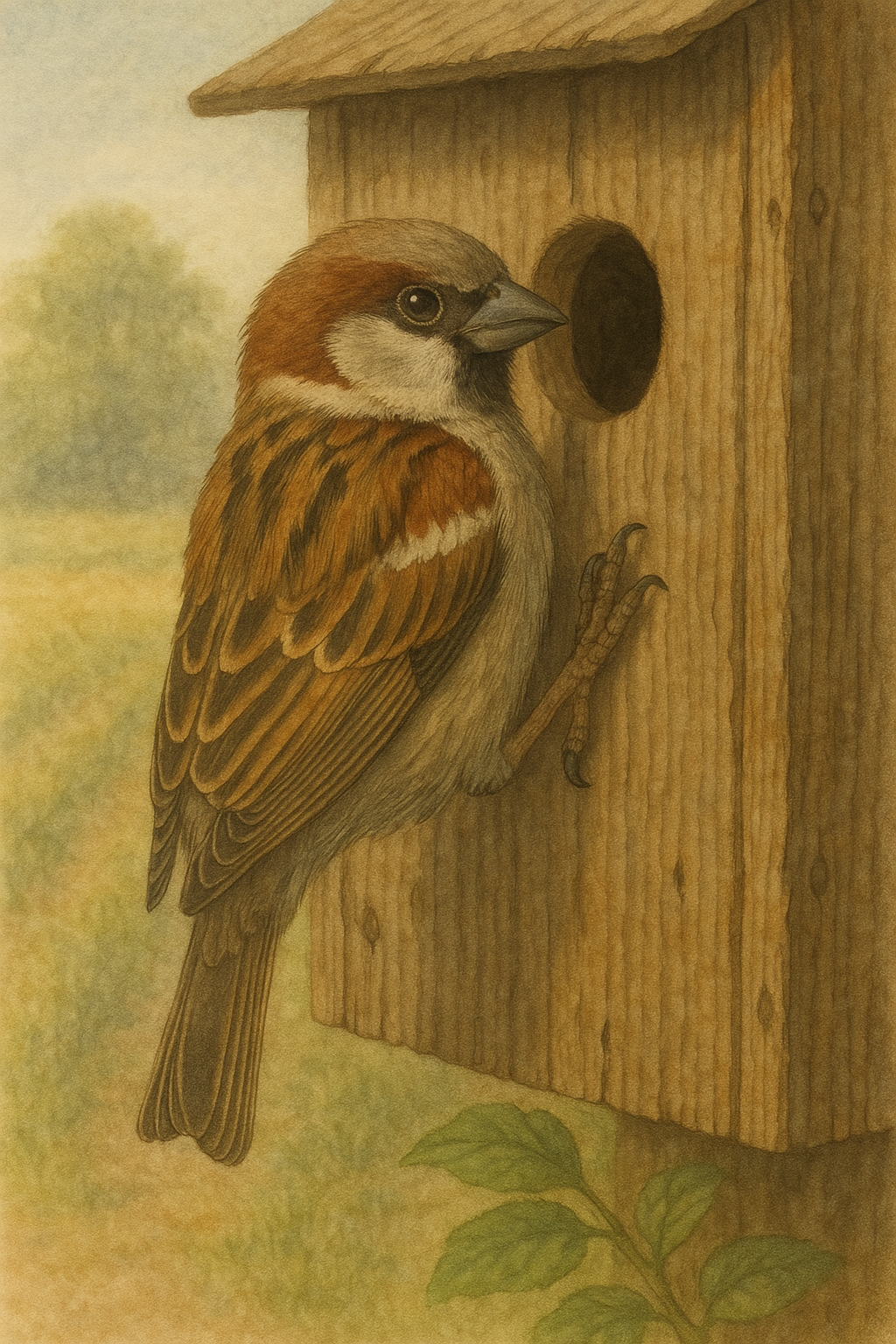
And if we're talking about noisy flocks, we can't forget the black starling , a born mimic who takes advantage of any available space, including a good nest box with a wide entrance. It tends to breed in groups and is especially beneficial for controlling insects in agricultural areas.
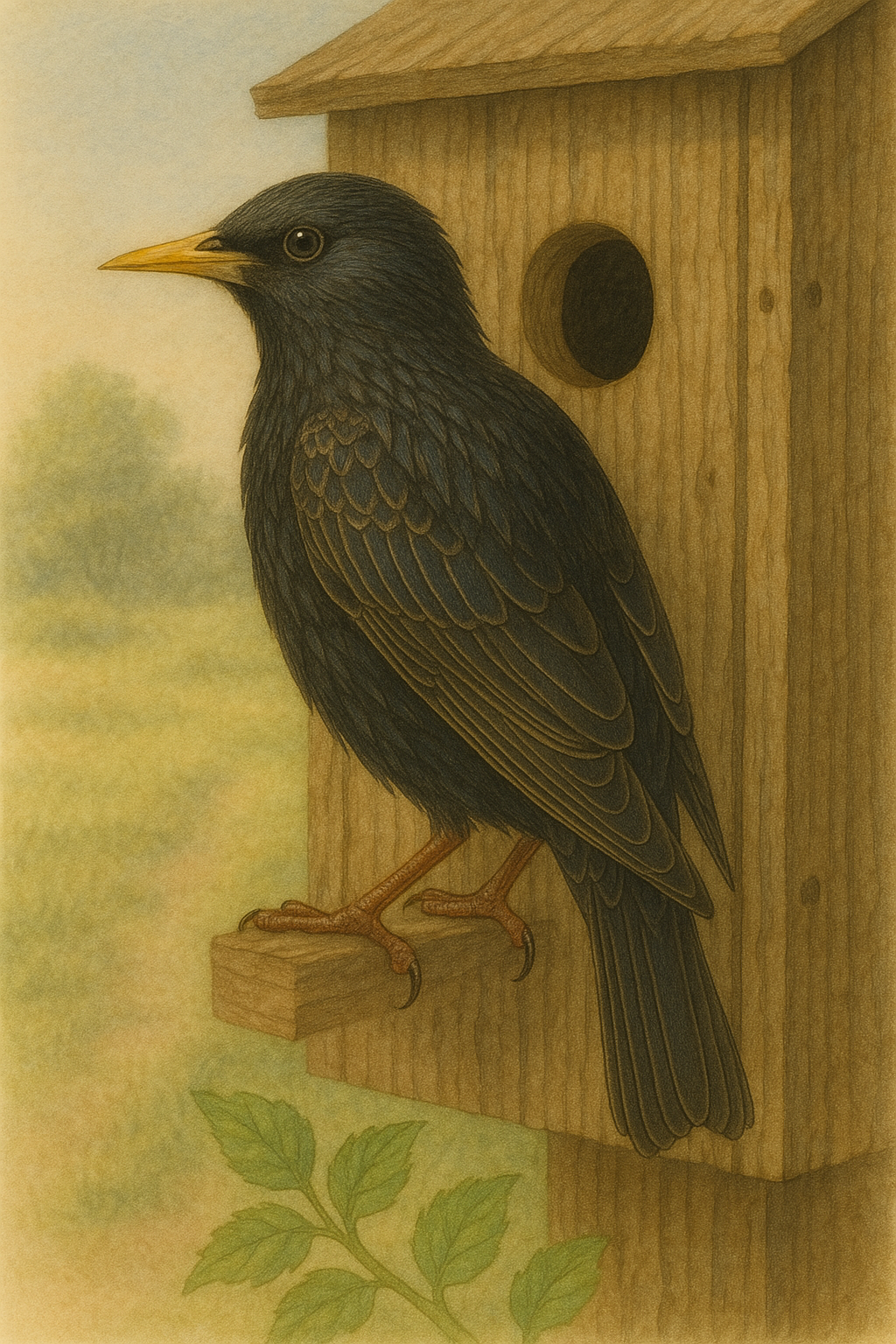
Guests of stone, wall or branch
Some birds prefer more open nest boxes, such as the friendly black redstart , which appears on walls and sheds, even near human activity. Or the robin , whose bright red breast seeks more discreet, quiet, and well-vegetated places.
We can also find more selective users, such as the blue nuthatch , which will reduce the size of the hole with mud if it seems too large. Or the curious short-toed treecreeper , which needs boxes adapted to its way of life, climbing on tree bark.
Nocturnal birds of prey that appreciate your support
As dusk falls, other, more secretive species may occupy the nest boxes. The Eurasian scops owl , for example, is a small nocturnal bird of prey that travels from Africa every spring to breed here. It thrives on deep nest boxes hung from trees or posts in olive groves and quiet areas.

If you have a farm, you can help the European owl , an excellent insect and rodent hunter who adapts very well to horizontal boxes. Even the barn owl , a great ally against voles in cultivated fields, will appreciate a spacious box in the attic or barn.
And if we're talking about the forest, let's not forget the tawny owl , a robust and discreet bird of prey that needs large, safe shelters to breed undisturbed.
Flying fighters and air specialists
Not all birds accept closed nest boxes. Some, like common swifts , only nest in very specific structures, installed high up and with horizontal entrances. These birds spend almost their entire lives in the air, but if you provide them with a home, they will return to the same spot every year with surprising fidelity.

The same goes for swallows and house martins , which build their nests in eaves and roofs. There are artificial mud nests you can install to make their task easier, especially in areas where access to mud is scarce.
Why is it so important to help?
Every nest box you install is an opportunity for nature to reclaim the space it has lost. You not only help the birds, but you also benefit: natural pest control, more life in your environment, and the pleasure of observing the cycle of life from your own window.
Nest boxes are not all the same. The size, shape, and ideal location vary depending on the species. At David's Nests , we design models tailored to each type of bird, designed to last and respect their unique needs.
Do you dare to give them a home?
Explore our nest boxes for each species at www.losnidosdedavid.com or email us at info@losnidosdedavid.com . We'll be happy to help you choose the best one for your area.
